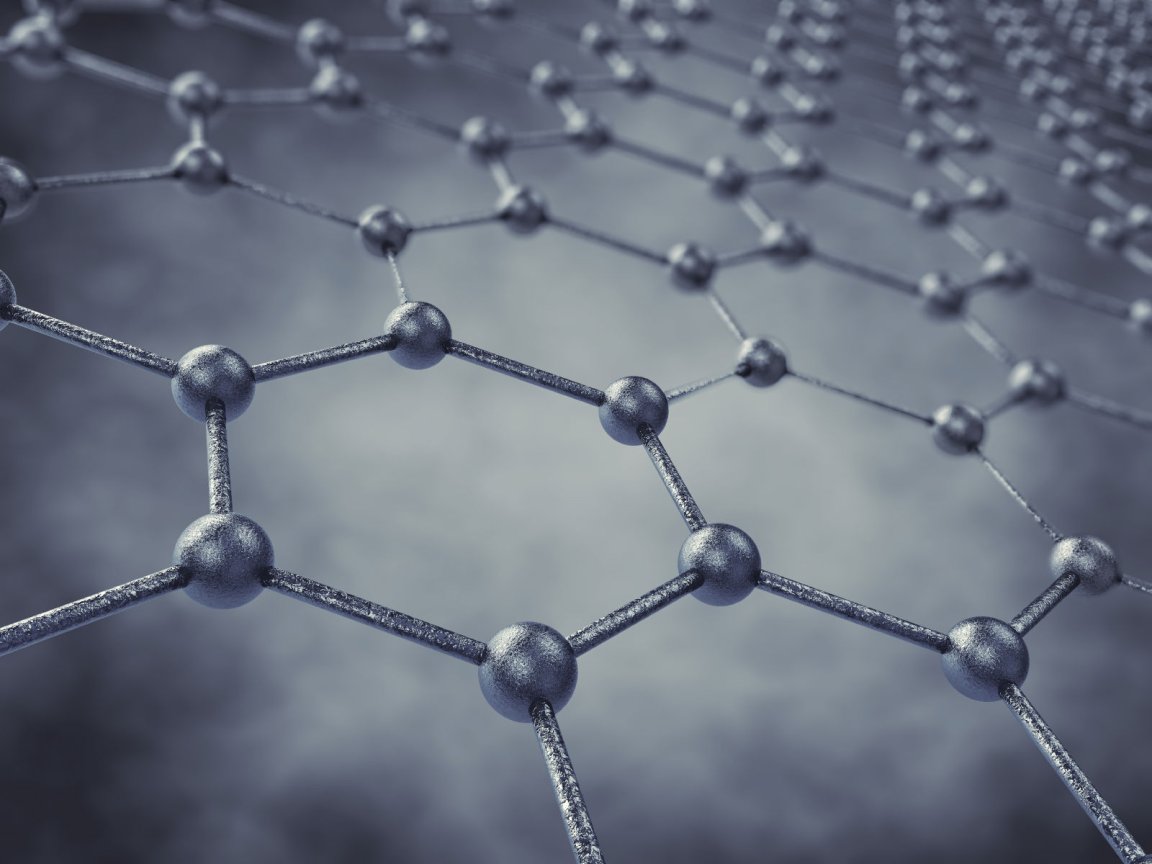
A Night Vision of the Future
Researchers from MIT are developing flexible and ultra-thin thermal sensors for built-in night vision technology using graphene. Graphene is an atomic-scale, honeycomb lattice made of carbon. Ultimately, the material is as thick as a single atom and is sensitive to not only visible light, but also the entire infrared spectrum.
To date, thermal imaging has allowed military officers to conduct operations in the dead of night, and it also allows engineers and operators to identify overheating equipment or circuits that are in need of repair. Yet, current infrared technology relies on cryogenic cooling and multiple sensors in order to filter background radiation to create reliable images, as such, the technology is bulky and expensive, making it less than optimal for public consumption.
Fortunately, graphene may change that.
By integrating graphene with silicon microelectromechanical systems (MEMS), researchers Tomás Palacios, Pablo Jarillo-Herrero, and their team are able to build more versatile and cost efficient thermal imaging devices.
The Implications
As was previously indicated, thermal imaging is used in many industries, including the military, medicine, engineering, and so on. With these developments, graphene would open up thermal imaging technology to be more accessible for commercial use.
Learn more about graphene in the video below.
